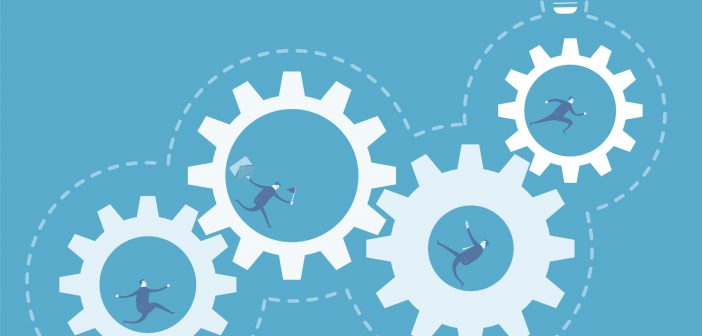Consider these three factors when making continuous improvements.
by ALEXANDRA JARITZ
Dynamic and unprecedented. That’s the only way to describe the midscale hotel segment in recent years. It’s an exhilarating and challenging place to be, with the emergence of new brands and evolving traveler expectations and preferences. In 2018, it will be more important than ever to stand out from the crowd and offer a unique take on the midscale experience. And, while we can’t reinvent the wheel every day, we can approach innovation as a process – one that starts with a great idea and continues through continual investigation and iteration. It’s rare to have a truly perfect idea on day one, so we need to be unafraid of course-correcting as we go. Following are three of the ways we need to be innovating and iterating every day.
The Experience
Let me get this out of the way: while the rise of the shared economy is real, the threat it poses to the traditional hospitality industry is often overstated. Travelers are savvy, and they know where to go for the type of experience they want. Hotels may not offer the same level of extreme individualization, but they do provide layers of security, consistency, convenience and service. We need to lean into those attributes and own the experience we offer.
For example, we have the advantage when it comes to human interaction and personal service. We also have more capacity to give guests choice and control regarding how and when they receive service. Use kiosks or mobile check-ins, allow guests to interact with hotel staff as soon as they arrive, or simply conduct a quick digital transaction and be on their way. At our hotels, we find that guests often come back to the lobby to relax or browse the marketplace, where they have additional opportunities to engage. Where we can continue iterating is the adoption of new technologies that help us track and prompt guest interactions with staff in the meaningful, authentic ways they prefer.
The Design
Travelers trying out midscale hotels are looking for value, but they’re far from unsophisticated. They understand good design. That applies to big-picture design strategy, like creating public spaces that allow guests to get out of their rooms and be around other people, but doesn’t force unwanted socialization. It also applies to the details as we consider the next generation of furniture, technology and features. A smart hotel brand is constantly fine-tuning offerings based on guest and staff feedback. For us, the hanging egg chairs in our lobbies have been incredibly popular, so they’re here to stay – but other pieces haven’t quite clicked, so we’ve revamped them.
Design also presents an opportunity to examine popular aspects of the shared economy and find ways to interpret them. Midscale hotel brands often face a challenge when it comes to creating a sense of place. Everyone wants to infuse some local flavor, but doing so at scale isn’t easy. To meet this challenge, we’ve incorporated local food offerings into our markets, walls with local suggestions of where to eat and what to do, and murals depicting local scenes and themes into our design. The murals don’t just add depth and interest to our common spaces – they attract many a guest selfie, boosting awareness and word-of-mouth.
The ROI
Guests aren’t the only beneficiaries of innovation and iteration – it’s important to consider owners and developers, as well. We must constantly seek new efficiencies and means of reducing costs while maintaining an enjoyable guest experience. It’s also important to keep scalability in mind. We’re fortunate with Tru by Hilton, as we have an extensive supply chain network through our parent company that allows us to feature a broader range of products in our marketplace. When guests tell us that they like our healthy food offerings and want to see more, we have cost-effective options to make that happen across all of our properties.
Of course, not all changes have to be public-facing. Anything midscale brands can do to trim the operations budget will help the bottom line. Human resources and professional development are two areas ripe for innovation and iteration. After two years of refinement, we recently piloted a virtual training program for GMs. This helps mitigate time out of office and travel costs – often a pain point for hotel owners.
As traveler tastes and preferences continue to evolve, midscale brands must be flexible and agile enough to keep up. So, innovate and iterate – it will only become more important as the segment grows.




